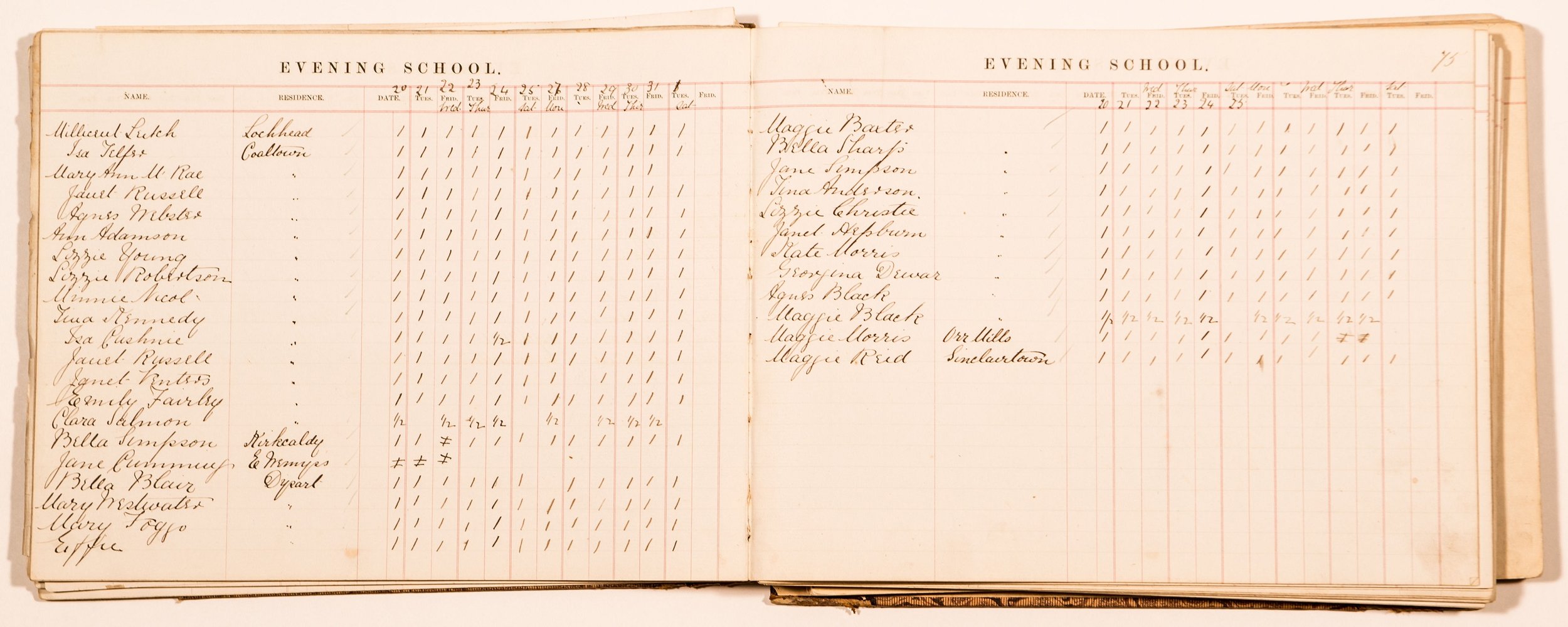SCHOOL HISTORY
WEMYSS SCHOOL OF NEEDLEWORK HISTORY
Started in 1877 by Dora, the eldest daughter of the late James Hay Erskine Wemyss of Wemyss Castle, it was modelled on the recently formed Royal School of Needlework in London; but with a philanthropic emphasis. The Wemyss School sought to teach a skill to local girls from which they would be able to earn a living.
Since 2012 it was clear that the School must modernise and reinvent itself in order to survive. With the support of the family Trustees we have improved the building, installed modern communication systems and have greatly expanded the range of products that we offer for sale.
We have also introduced better storage for our large textile collection, which is now exhibited on a regular basis; and what is more, we have started teaching again and are actively researching the history of the girls who attended the School in its early years.
DORA WEMYSS
The opening of the Needlework School was an act that would vastly improve women’s employment prospects. Not only did the School itself provide employment for particularly capable girls, but those who passed through the School gained skills in needlework that made them especially desirable as ladies’ maids and seamstresses. This in turn allowed the Wemyss girls the means to become independent breadwinners.
All the students taken on by the Needlework School were the daughters of local miners, and typically started at the age of 14, once they had finished their required regular schooling. A six month apprenticeship would cost 10 shillings. After this period was up, girls would either be kept on and draw a salary, or else seek other employment.
The School was originally located in a single room within Wemyss Castle, but it quickly became apparent that this space was not big enough. A new purpose-built building was thus established, and the school moved into the new premises in 1880, where it still resides to this day.
Care of the school has been passed down through the Wemyss family and the School’s seamstresses since 1877 until Mary Birrell (the great granddaughter of the first mistress Mrs Webster) retired at the end of 2011.
WEMYSS SCHOOL MISTRESSES
JEAN WEBSTER
The first Mistress of the school, Mrs Jean Webster (in black above), had first come into the employ of Dora Wemyss after the death of her daughter due to meningitis. Mrs Webster found comfort in walking through the grounds of Wemyss Castle, and after a chance meeting with Dora, was taken on as a sewing maid.
Whilst the mines provided much of the local employment for men and boys over the age of 10, women and girls were prohibited from being employed underground by the Mines and Collieries Act of 1842.
Women were thus often forced to travel long distances to other towns in order to find alternative employment.
Inspired by the Royal School of Needlework in Kensington, and immediately recognising Jean’s talent, Dora realised that with her help she would be able to establish a school for needlework in Wemyss that would benefit the young ladies from the surrounding villages.
MARY BIRRELL
Mary Birrell grew up in Wemyss, and her great grandmother was the first mistress of the Wemyss School of Needlework.
" My great granny was the first mistress, and my grandmother was a pupil. Girls would have to go into service in large homes in order to bring in an extra wage, so they were given the chance to go to the Wemyss School to learn how to sew and show what they had done. It became so well-known because everything they did had to be stitch-perfect"
Mary retired in 2011, after 42 years of dedicated hard work, for which she received an MBE. With the support of the Wemyss family trustees, the School has now been modernised and refurbished as Mary had hoped it would be.











